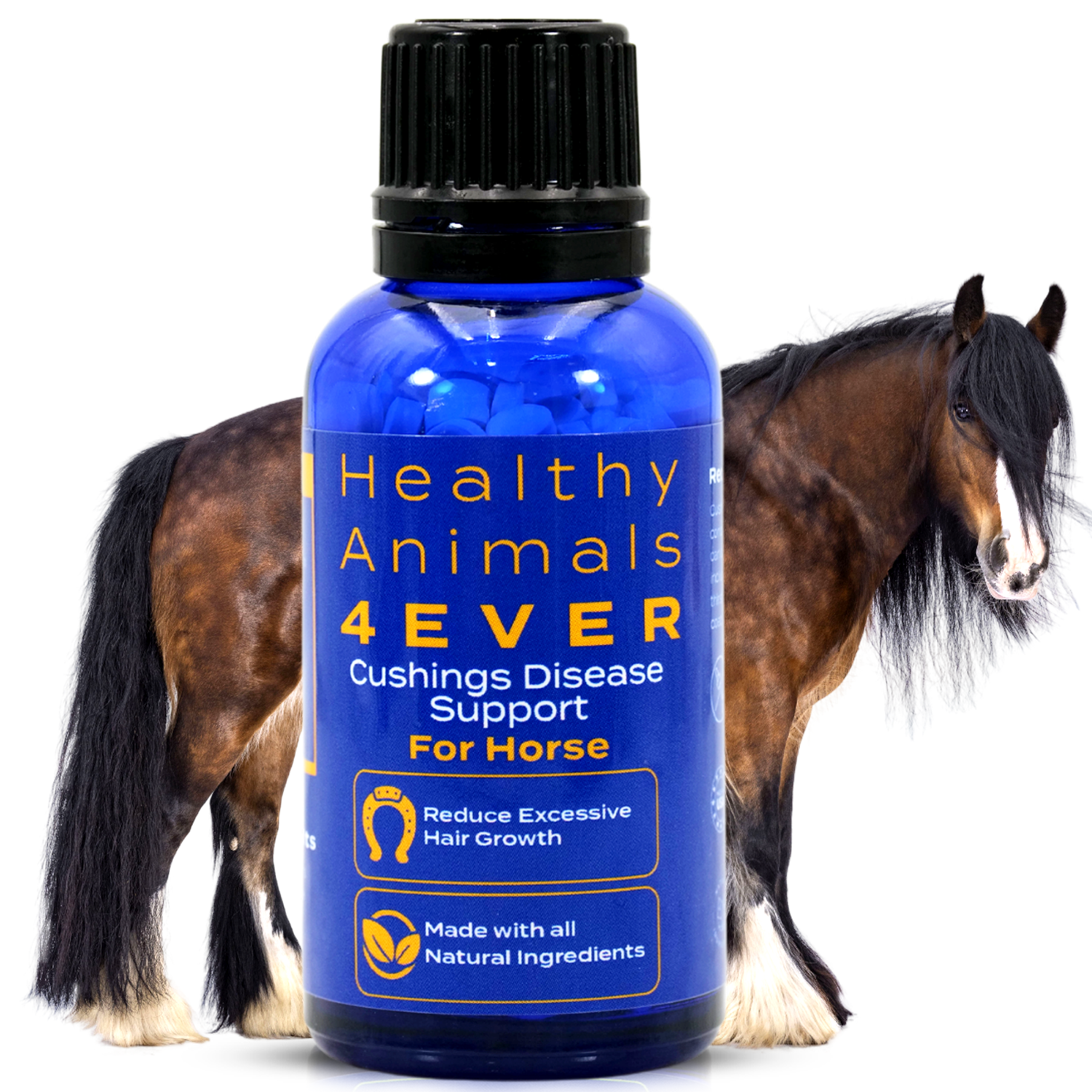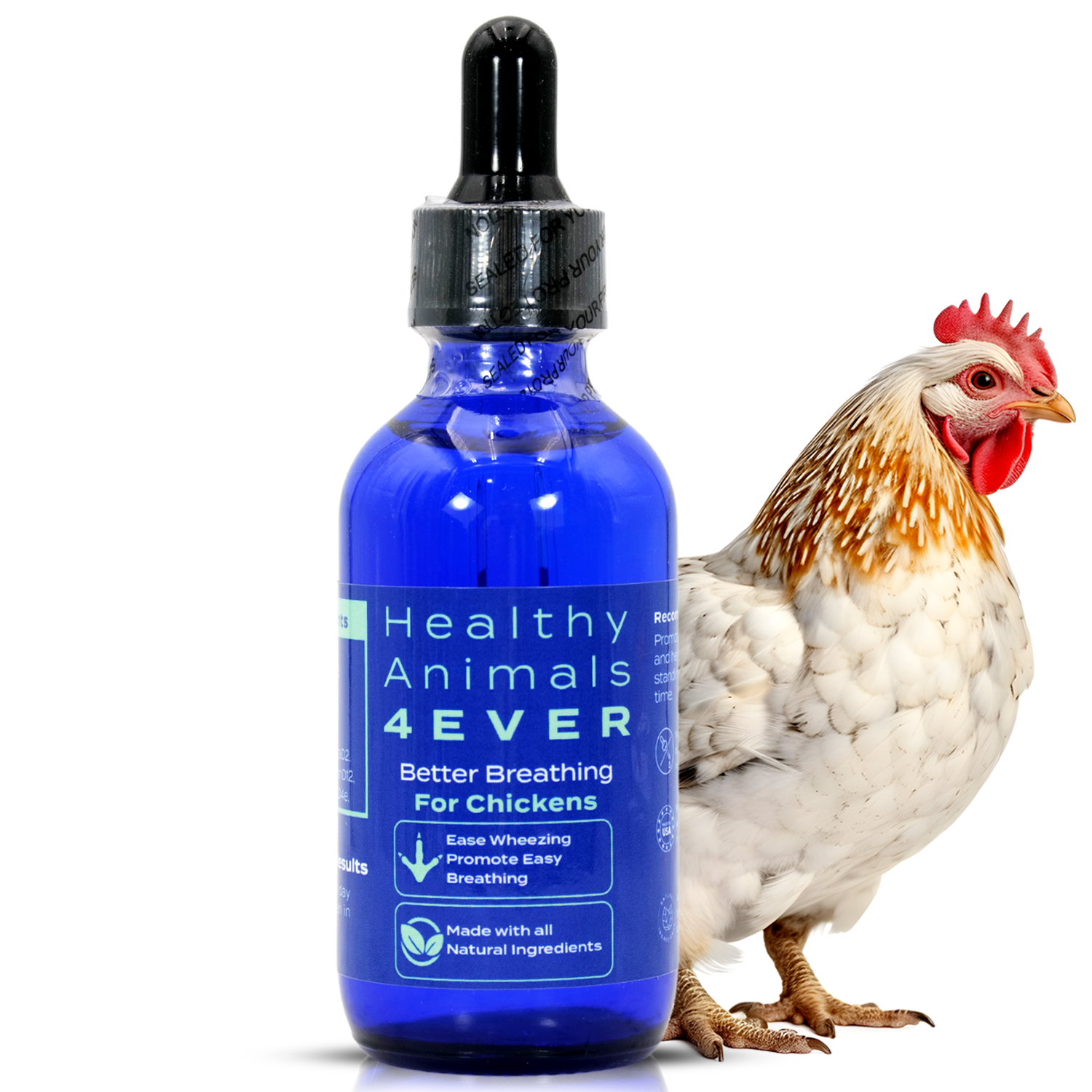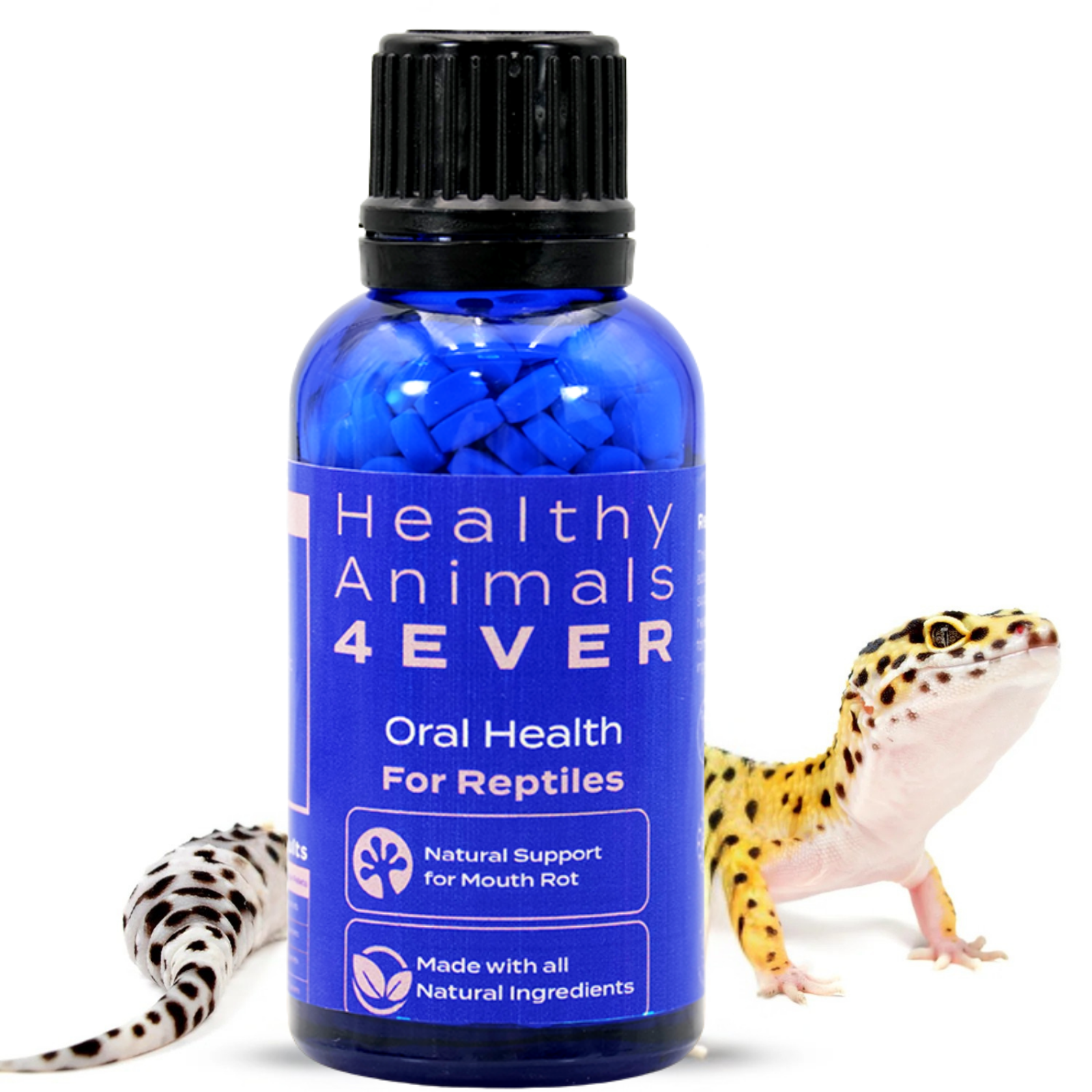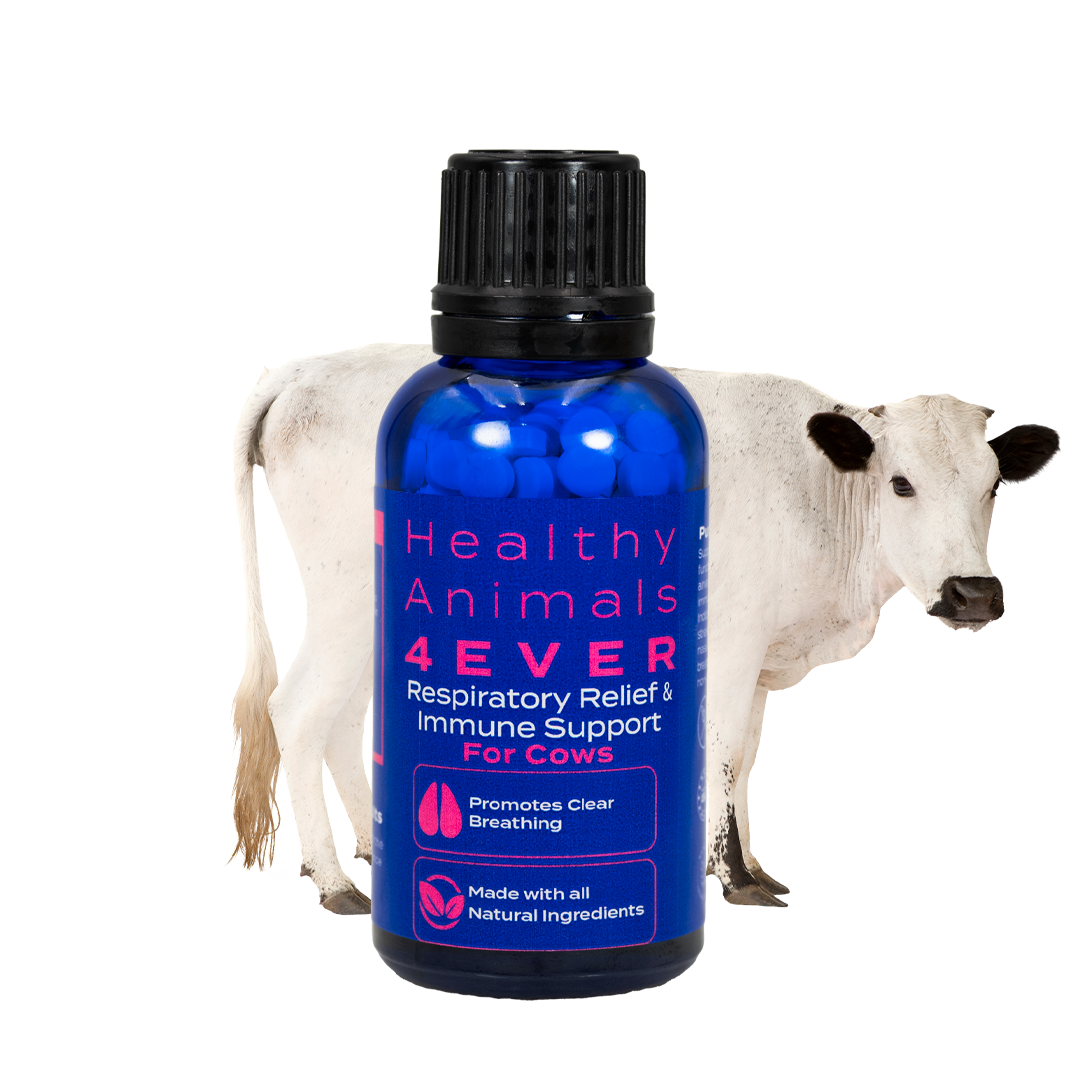How Can You Create a Toxin-Free Home for Your Pets?
Our pets bring so much joy and companionship into our lives, making our homes feel complete. As pet owners, it's on us to make sure their environment is safe and healthy. But even if our homes seem safe, there could be hidden dangers that might threaten our pets' health. Everyday things like certain plants, cleaning products, and other common household items can actually be toxic to our pets.
It's important to know about these risks and take steps to prevent them. By creating a toxin-free home, you're not just protecting your pets; you're also making your home healthier for everyone. This guide is here to help you spot and get rid of potential hazards, ensuring your home is a safe and loving place where your pets can thrive. Let's get right into it!

1. Identify Common Household Toxins
Creating a toxin-free pet home begins with identifying and eliminating common household hazards. Many everyday items can harm our pets, often in ways we might not immediately recognize. Here are some of the most common household toxins that pose risks to pets:
-
Foods
Certain foods that are safe for humans can be hazardous for pets:
- Chocolate: Contains theobromine and caffeine, which can cause vomiting, diarrhea, rapid breathing, increased heart rate, and seizures.
- Grapes and raisins can lead to kidney failure in dogs.
- Onions and garlic can damage red blood cells and cause anemia.
- Alcohol: Even small amounts can cause intoxication, metabolic acidosis, and other serious health issues.
- Caffeine: Found in coffee, tea, and many sodas, caffeine can lead to restlessness, rapid breathing, heart palpitations, and muscle tremors.
Fortress metabolic strengthing is a strengthening formula for your cat's metabolic system. Promotes the healthy functioning of the liver. Natural support for parasite cleansing & may help with die-off symptoms. All-natural formula. Safe and easy to use.
-
Plants
Many common household plants can be toxic to pets if ingested. But we'll get into that in the following sections.
-
Cleaning products
This is a really big one. Household cleaning products usually contain chemicals that are harmful to pets:
- Bleach can cause vomiting, drooling, and abdominal pain.
- Ammonia can irritate the respiratory tract and lead to coughing and wheezing.
- Disinfectants: Products containing phenols and other chemicals can cause chemical burns and liver damage if ingested or absorbed through the skin.
-
Pesticides and Rodenticides
Products designed to kill pests can also harm pets:
- Insecticides: Products containing organophosphates can cause drooling, vomiting, diarrhea, tremors, and seizures.
- Rodenticides: These can cause internal bleeding, kidney failure, or neurological problems if ingested by pets.
-
Medications
Both human and pet medications can be dangerous if not used correctly:
- Pain relievers: Acetaminophen and ibuprofen can cause severe damage to the liver and kidneys.
- Antidepressants: Can lead to vomiting, lethargy, and tremors.
- Pet medications: Overdosing on pet medications, such as flea and tick preventatives, can be toxic.
-
Household items
Several other household items pose risks to pets:
- Batteries: Can cause chemical burns and heavy metal poisoning if chewed or swallowed.
- Antifreeze: Contains ethylene glycol, which is highly toxic and can cause kidney failure.
- Mothballs: Contain naphthalene or paradichlorobenzene, which can cause vomiting, diarrhea, and seizures.

2. Safe Cleaning Practices
So, since many conventional cleaning products contain chemicals that can harm animals, it's important to reconsider the products we use at home, at least in places accessible to pets. Here are some safe cleaning practices to follow:
- Opt for cleaning products that are specifically labeled as pet-safe. These products are formulated without harsh chemicals that can harm your pets. Look for cleaners that are free from:
- Ammonia: Can cause respiratory and eye irritation.
- Bleach: Can cause skin and gastrointestinal irritation if ingested.
- Phenols: Often found in disinfectants and can be toxic if ingested or absorbed through the skin.
Better breathing respiratory support provides lung support for dogs. It helps fight the infection and stop coughing at its source. Useful in cases of asthma and other breathing difficulties. All-natural formula. Non-drowsy relief. Easy to use.
- Making your cleaning solutions using natural ingredients is also an effective and safe alternative! Here are some simple recipes:
- All-purpose cleaner: Mix equal parts water and white vinegar. Add a few drops of pet-safe essential oils like lavender or lemon for fragrance.
- Glass cleaner: Mix 1 part water with 1 part vinegar and a teaspoon of cornstarch.
- Carpet deodorizer: Sprinkle baking soda on carpets, let it sit for 15-20 minutes, then vacuum thoroughly.
- Ensure that all cleaning products, even pet-safe ones, are stored securely and out of reach of pets.
- Good ventilation is crucial when cleaning to prevent the buildup of fumes that can harm both pets and humans. Open windows and doors to allow fresh air to circulate while you clean.
- Be mindful of the surfaces your pets frequently come into contact with, such as floors, furniture, and pet beds:
- Floor cleaners: Use pet-safe floor cleaners and avoid harsh chemicals. Mop floors with a solution of water and mild dish soap.
- Pet beds: Wash pet bedding regularly using unscented and hypoallergenic detergent.
- While some essential oils are safe for pets, many can be toxic, especially to cats. Avoid using essential oils such as tea tree, eucalyptus, and citrus. Always consult your veterinarian before using any essential oils in your home.
- Also, maintaining a regular cleaning routine helps minimize the need for harsh cleaning products and keeps your home fresh and safe for your pets:
- Frequent vacuuming: Vacuum regularly to remove pet hair, dander, and dirt.
- Wipe paws: Wipe your pet's paws after they come inside to reduce dirt and chemical exposure.
- Litter box maintenance: Clean litter boxes daily to prevent odor and bacteria buildup.

3. Pet-Safe Pest Control
As we mentioned, traditional pest control methods often involve harsh chemicals that can harm animals.
Using natural repellents can be an effective way to deter pests without risking your pet's health. Here are some options:
- Diatomaceous Earth: This natural powder is safe for pets and works by dehydrating insects. Sprinkle it around entry points and areas where pests are commonly found.
- Essential oils: Certain oils, such as cedarwood, peppermint, and rosemary, can repel pests like fleas, ticks, and mosquitoes. However, always research which oils are safe for your pet, as some can be toxic, especially to cats.
- Vinegar and water spray: A mixture of vinegar and water can repel ants and other insects. Spray it around entry points and infested areas.
Many companies offer pest control products specifically formulated to be safe for pets. Look for the following:
- Pet-safe insecticides: Products labeled as pet-safe, such as those containing natural ingredients like pyrethrin derived from chrysanthemum flowers.
- Rodent bait stations: Enclosed bait stations can be a safer option, keeping the bait out of reach of pets while effectively controlling rodent populations.
- Natural flea and tick treatments: Use products with neem oil, eucalyptus, or lemon, which are known to repel fleas and ticks without harmful chemicals.
IPM is an environmentally friendly approach to pest control that minimizes risks to pets and humans. It involves:
- Prevention: Keep your home clean, seal entry points, and eliminate standing water to prevent pest infestations.
- Monitoring: Regularly check for signs of pests to catch infestations early.
- Mechanical controls: Use traps and barriers instead of chemicals—for example, sticky traps for insects or humane traps for rodents.
Skin allergy rash and irritations is a natural allergy remedy for all cats. It helps heal irritated & infected skin. It may provide relief from insect bites. Provides a calming effect. All-natural formula. Easy to use.
When infestations are severe, hiring a professional pest control service may be necessary. Ensure they use pet-safe methods:
- Integrated pest management professionals: Look for pest control companies that practice IPM and use non-toxic or low-toxicity treatments.
- Clear communication: Inform the pest control company about your pets so they can tailor their methods accordingly.
- Pet-safe certification: Choose companies certified in pet-safe pest control practices.
Preventing pests is the best way to protect your home and your pets. Here are some preventative measures:
- Vacuum frequently, clean pet bedding, and wash food and water dishes regularly.
- Inspect your home for gaps, cracks, and other entry points that pests could use and seal them.
- Store pet food in sealed containers and clean up spills immediately to avoid attracting pests.
- Keep your yard tidy, trim bushes and grass, and eliminate standing water to reduce pest habitats.
For minor pest issues, consider pet-safe home remedies:
- Sprinkle baking soda around areas where pests like ants and roaches are found.
- Mix lemon juice with water and spray around entry points to repel insects.
- Planting herbs like mint, basil, and lavender around your home can naturally deter pests.

4. Careful with Plants
While indoor and outdoor plants can add beauty and life to your home, some common plants can be toxic to pets. It's essential to be aware of these plants to prevent accidental poisoning. Here's a guide to some of the most dangerous plants for pets.
- Lilies are highly toxic to cats. Poisoning symptoms are kidney failure, vomiting, lethargy, and lack of appetite.
- Aloe Vera is toxic to both dogs and cats. Poisoning symptoms are vomiting, diarrhea, lethargy, and tremors.
- Sago Palm is highly toxic to dogs and cats. Poisoning symptoms are vomiting, diarrhea, seizures, liver failure, and can be fatal. All parts are toxic, especially the seeds.
- Azaleas and Rhododendrons are toxic to dogs and cats. Poisoning symptoms are vomiting, diarrhea, drooling, and, in severe cases, coma and death.
- Tulips and Hyacinths are toxic to dogs and cats, with the highest concentration of toxins in the bulbs. Poisoning symptoms are vomiting, diarrhea, drooling, and depression.
- Oleander is highly toxic to dogs, cats, and even humans. Poisoning symptoms are vomiting, diarrhea, slowed heart rate, and can be fatal.
- Philodendron is toxic to dogs and cats. Poisoning symptoms are oral irritation, pain and swelling of mouth, tongue, and lips, excessive drooling, vomiting, and difficulty swallowing.
- Dieffenbachia (Dumb Cane) is toxic to dogs and cats. Poisoning symptoms are oral irritation, intense burning and irritation of the mouth, tongue, and lips, excessive drooling, vomiting, and difficulty swallowing.
- Poinsettias are mildly toxic to dogs and cats. Poisoning symptoms are mild vomiting and drooling, usually not severe.
All digestive is a natural digestive support for dogs. It helps with stomach upset, diarrhea, and gastritis. It aids in restoring digestive balance and your pet's comfort. All-natural formula. Easy to use.
- Daffodils are toxic to dogs and cats, with the highest concentration of toxins in the bulbs. Poisoning symptoms are vomiting, diarrhea, abdominal pain, and even more severe symptoms such as convulsions and cardiac arrhythmias.
- Cyclamen are toxic to dogs and cats. Poisoning symptoms are vomiting, drooling, diarrhea, and, in severe cases, heart abnormalities, seizures, and death.
- Kalanchoes are toxic to dogs and cats. Poisoning symptoms are vomiting, diarrhea, and, in severe cases, heart arrhythmias and collapse.
- Autumn Crocus is highly toxic to dogs and cats. Poisoning symptoms are severe vomiting, gastrointestinal bleeding, liver and kidney damage, respiratory failure, and can be fatal.
- Yew is highly toxic to dogs, cats, and horses. Poisoning symptoms are tremors, difficulty breathing, gastrointestinal upset, heart failure, and can be fatal.
- Castor Bean plants are highly toxic to dogs, cats, and humans. Poisoning symptoms are severe abdominal pain, vomiting, diarrhea, dehydration, and can be fatal.
Before bringing any plant into your home, ensure it's safe for pets. The ASPCA provides a comprehensive list of toxic and non-toxic plants. Opt for pet-safe plants like spider plants, Boston ferns, and areca palms.

5. Safe Storage Practices
Proper storage of household items, especially those that could be harmful to pets, is essential in maintaining a safe environment for pets. Here are some tips and best practices for pet-safe storage:
- Install childproof locks on cabinets and drawers where you store cleaning supplies, medications, and other potentially harmful substances.
- Store dangerous items on high shelves that are out of reach of pets, especially curious cats that can climb.
- Label all containers, especially homemade cleaning solutions, and medications, to avoid confusion.
- Use hazard symbols to indicate dangerous substances.
- Keep all cleaning supplies in tightly sealed containers to prevent spills and leaks.
- Store cleaning supplies in a dedicated, locked cabinet away from areas where pets have access.
- Store pet food in airtight containers to keep it fresh and prevent pests. Make sure the containers are made from non-toxic materials.
- Keep pet food in a cool, dry place to maintain its nutritional value and prevent spoilage.
- Store pet medications separately from human medications to avoid mix-ups.
- Store sharp objects like scissors, knives, and gardening tools in closed toolboxes or drawers.
Sneezing and wheezing due to allergy is a natural support for wheezing, breathing difficulties, cough, and fatigue in cats. It helps decrease allergy intensity and prevent lung damage. All-natural formula. Easy to use.
- Keep larger tools and equipment in the garage or a secure shed, locked away from pets.
- Use trash bins with secure lids to prevent pets from accessing potentially harmful food scraps or packaging.
- Store human food out of reach of pets, particularly foods toxic to pets, like chocolate, onions, and grapes.
- Store antifreeze, motor oil, and other automotive products in secure cabinets.
- Immediately clean up any spills to prevent pets from licking harmful substances off the floor.
6. Air Quality
Poor air quality can lead to respiratory issues, allergies, and other health problems for pets and humans. Here are some tips and practices to ensure that the air in your home is safe and healthy for your pets:
- Open windows regularly to allow fresh air to circulate, but ensure screens are secure to prevent pets from escaping.
- Use exhaust fans in kitchens and bathrooms to remove cooking fumes and humidity.
- Invest in air purifiers with HEPA filters to capture pet dander, dust, and other airborne particles.
- Activated carbon filters can help remove odors and harmful gases, providing cleaner air.
- Vacuum carpets, rugs, and furniture frequently with a vacuum that has a HEPA filter to reduce pet hair and dander.
- Dust surfaces regularly using damp cloths to prevent dust from becoming airborne.
- Wash pet bedding, toys, and blankets regularly to remove allergens and keep them fresh.

- Avoid using aerosol sprays and strong-smelling cleaning agents that can irritate your pet's respiratory system.
- Dehumidifiers should maintain an optimal humidity level (30-50%) to prevent mold growth and reduce dust mites.
- In dry climates, use a humidifier to add moisture to the air, but ensure it's cleaned regularly to prevent mold and bacteria buildup.
- Do not smoke inside the house. Secondhand smoke is harmful to pets and can lead to respiratory issues and other health problems.
- Use pet-safe, low-VOC (volatile organic compounds) paints and materials when painting or renovating.
- Regularly service your HVAC system to ensure it runs efficiently and does not circulate dust or allergens.
- Change HVAC air filters regularly, ideally every 1-3 months, to maintain good air quality.
- Introduce pet-safe, air-purifying plants like spider plants, Boston ferns, and areca palms to help filter the air naturally.
- Use air quality monitors to keep track of pollutants and allergens in your home and take action if levels are high.
The Bottom Line

Creating a toxin-free home for your pets involves diligence and care, but the reward is a safe and healthy environment where your pets can thrive. By making mindful choices about the products and substances in your home, you can protect your pets from potential hazards and enjoy peace of mind knowing they are safe. After all, a happy, healthy pet makes for a happy home.













